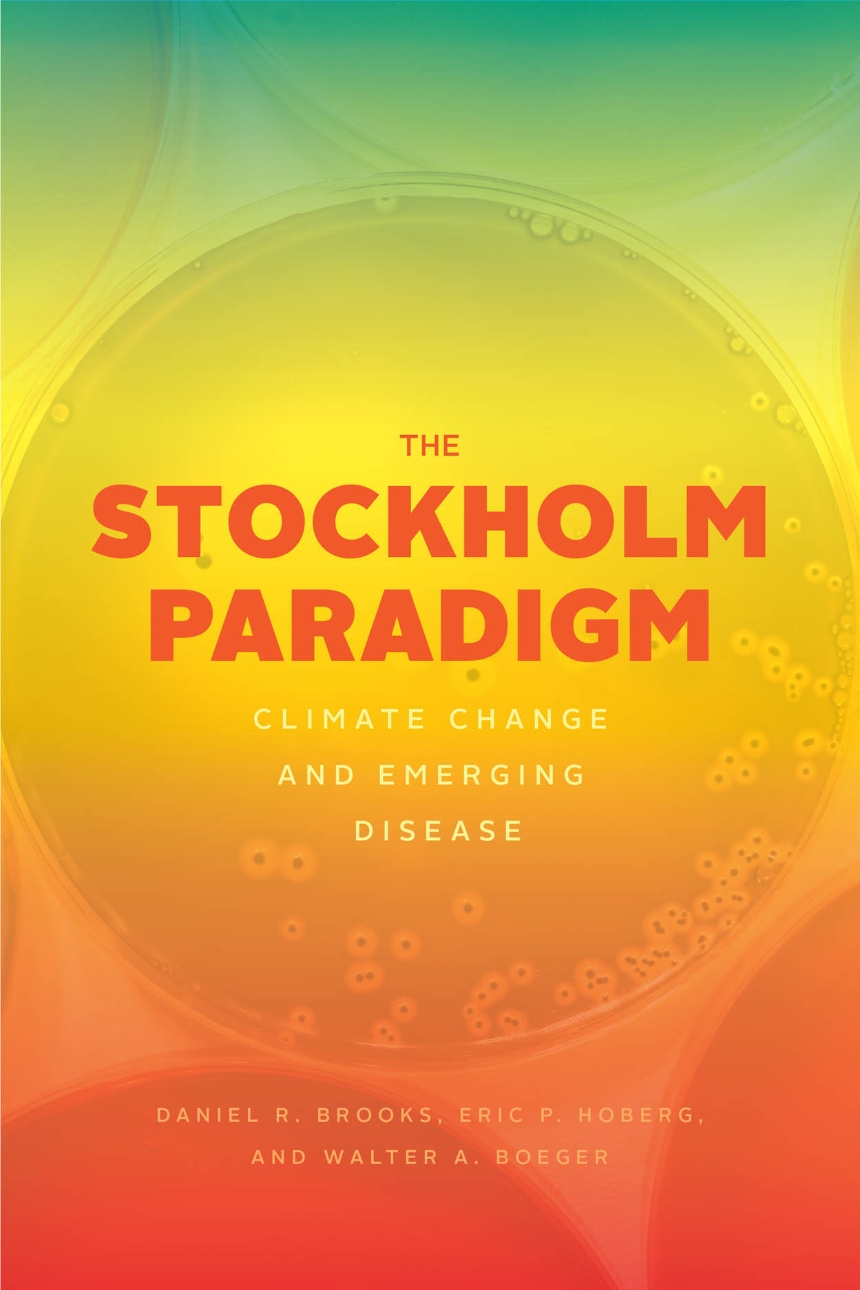The Stockholm Paradigm
Climate Change and Emerging Disease
The contemporary crisis of emerging disease has been a century and a half in the making. Human, veterinary, and crop health practitioners convinced themselves that disease could be controlled by medicating the sick, vaccinating those at risk, and eradicating the parts of the biosphere responsible for disease transmission. Evolutionary biologists assured themselves that coevolution between pathogens and hosts provided a firewall against disease emergence in new hosts. Most climate scientists made no connection between climate changes and disease. None of these traditional perspectives anticipated the onslaught of emerging infectious diseases confronting humanity today.
As this book reveals, a new understanding of the evolution of pathogen-host systems, called the Stockholm Paradigm, explains what is happening. The planet is a minefield of pathogens with preexisting capacities to infect susceptible but unexposed hosts, needing only the opportunity for contact. Climate change has always been the major catalyst for such new opportunities, because it disrupts local ecosystem structure and allows pathogens and hosts to move. Once pathogens expand to new hosts, novel variants may emerge, each with new infection capacities. Mathematical models and real-world examples uniformly support these ideas. Emerging disease is thus one of the greatest climate change–related threats confronting humanity.
Even without deadly global catastrophes on the scale of the 1918 Spanish Influenza pandemic, emerging diseases cost humanity more than a trillion dollars per year in treatment and lost productivity. But while time is short, the danger is great, and we are largely unprepared, the Stockholm Paradigm offers hope for managing the crisis. By using the DAMA (document, assess, monitor, act) protocol, we can “anticipate to mitigate” emerging disease, buying time and saving money while we search for more effective ways to cope with this challenge.
As this book reveals, a new understanding of the evolution of pathogen-host systems, called the Stockholm Paradigm, explains what is happening. The planet is a minefield of pathogens with preexisting capacities to infect susceptible but unexposed hosts, needing only the opportunity for contact. Climate change has always been the major catalyst for such new opportunities, because it disrupts local ecosystem structure and allows pathogens and hosts to move. Once pathogens expand to new hosts, novel variants may emerge, each with new infection capacities. Mathematical models and real-world examples uniformly support these ideas. Emerging disease is thus one of the greatest climate change–related threats confronting humanity.
Even without deadly global catastrophes on the scale of the 1918 Spanish Influenza pandemic, emerging diseases cost humanity more than a trillion dollars per year in treatment and lost productivity. But while time is short, the danger is great, and we are largely unprepared, the Stockholm Paradigm offers hope for managing the crisis. By using the DAMA (document, assess, monitor, act) protocol, we can “anticipate to mitigate” emerging disease, buying time and saving money while we search for more effective ways to cope with this challenge.
Reviews
Table of Contents
Preface
1: How Bad Is It, Anyway?
2: How Did We Get into This Mess?
3: Dawning Awareness
4: Back to the Future
5: Resolving the Parasite Paradox I: Taking Advantage of Opportunities
6: Resolving the Parasite Paradox II: Coping with Changing Opportunities
7: A Paradigm for Pathogens and Hosts
8: Emerging Diseases: The Cost of Human Evolution
9: Taking Action: Evolutionary Triage
10: Time to Own It: It’s Nobody’s Fault but Everyone’s to Blame
Notes
Bibliography
Index
1: How Bad Is It, Anyway?
2: How Did We Get into This Mess?
3: Dawning Awareness
4: Back to the Future
5: Resolving the Parasite Paradox I: Taking Advantage of Opportunities
6: Resolving the Parasite Paradox II: Coping with Changing Opportunities
7: A Paradigm for Pathogens and Hosts
8: Emerging Diseases: The Cost of Human Evolution
9: Taking Action: Evolutionary Triage
10: Time to Own It: It’s Nobody’s Fault but Everyone’s to Blame
Notes
Bibliography
Index
